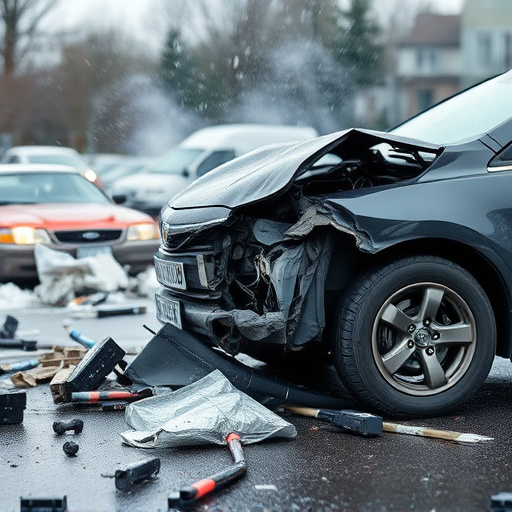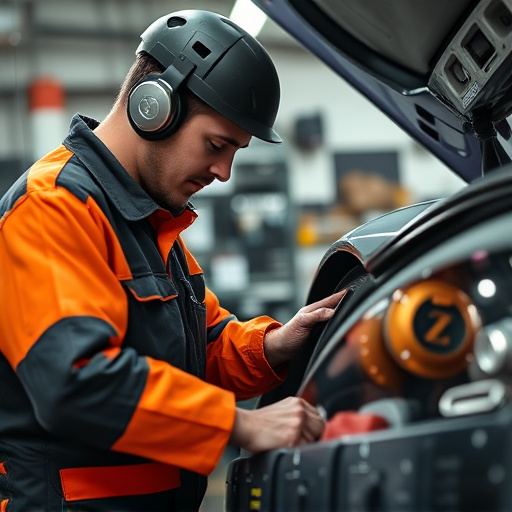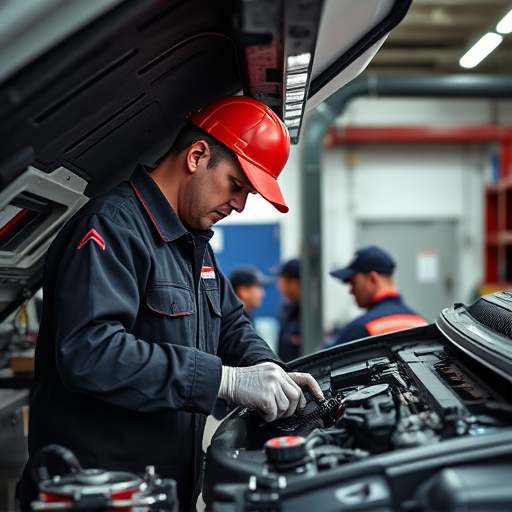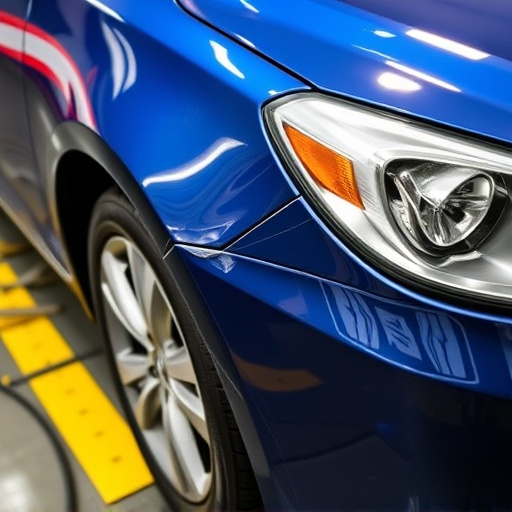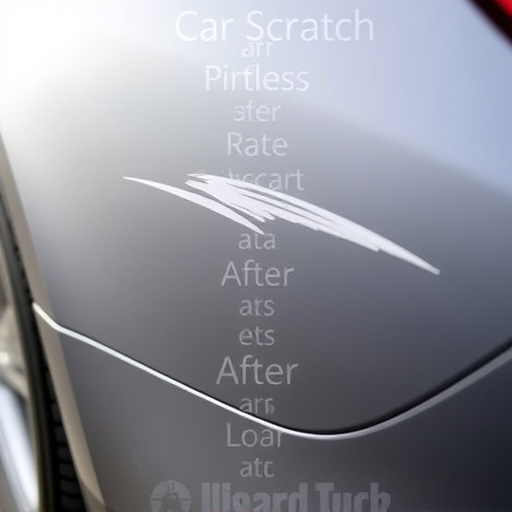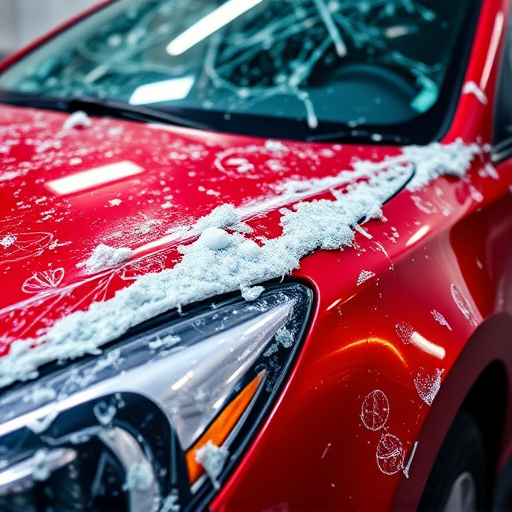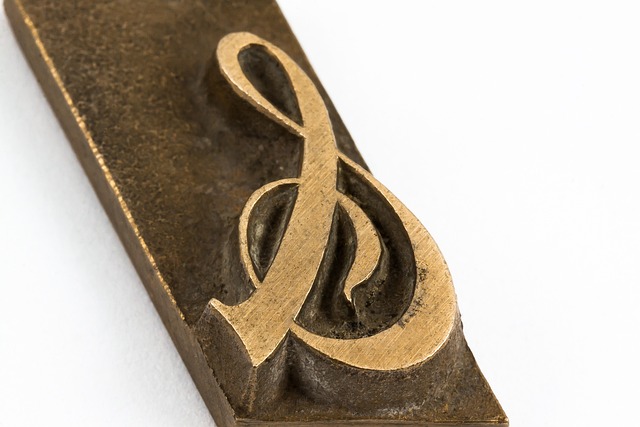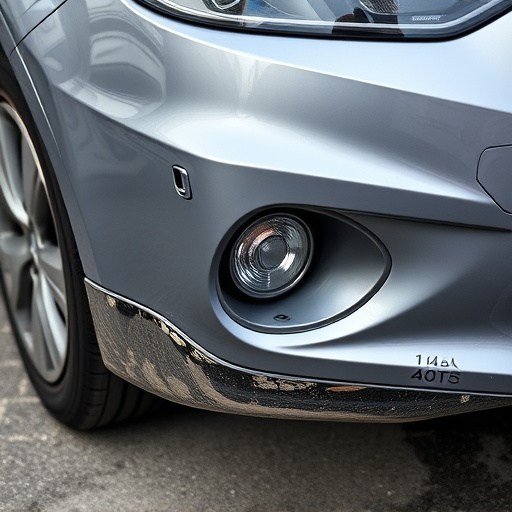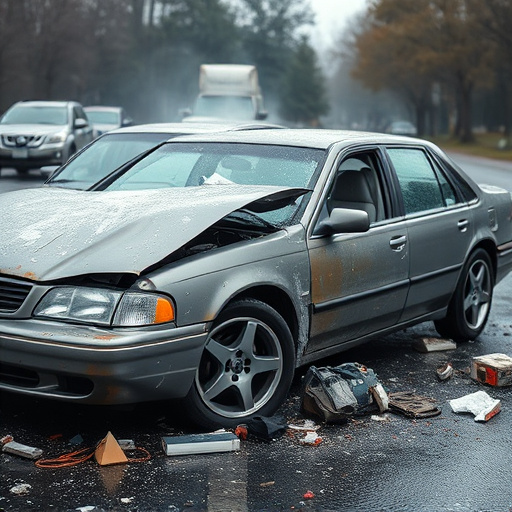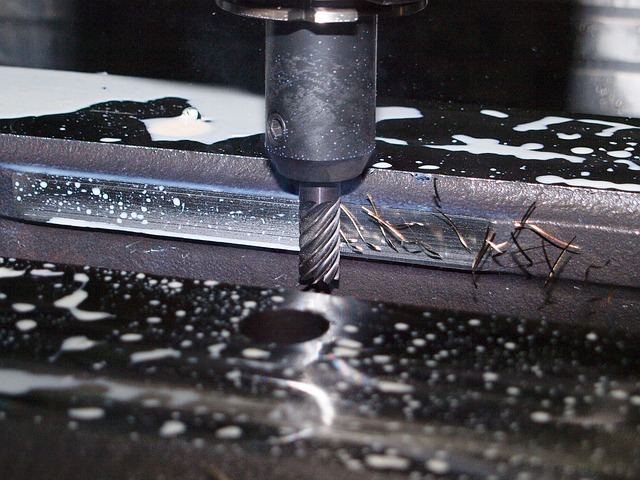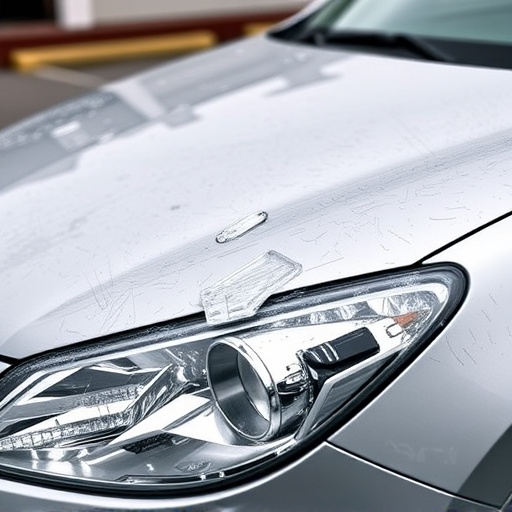Panel alignment procedures are critical for collision centers and car repair services, ensuring both aesthetic and structural vehicle restoration. This involves meticulous gap and angle adjustments using advanced tools after a thorough inspection. Regular auto maintenance, prompt issue resolution, and adherence to best practices enhance vehicle lifespan and driving safety. Continuous improvement through reviewing panel alignment protocols fosters excellence in repairs, from minor dents to complex restorations, ultimately satisfying customers.
In the realm of post-repair management, efficient follow-up is key to ensuring customer satisfaction. This article delves into the critical aspect of panel alignment procedures, providing a comprehensive guide for optimal results. We explore the essential steps and best practices to streamline the process, from initial understanding to continuous improvement. By mastering these panel alignment procedures, businesses can enhance operational efficiency, boost client retention, and foster long-term growth.
- Understanding Panel Alignment Procedures
- Key Steps in Implementing Efficient Post-Repair Follow-Up
- Best Practices for Optimal Results and Continuous Improvement
Understanding Panel Alignment Procedures
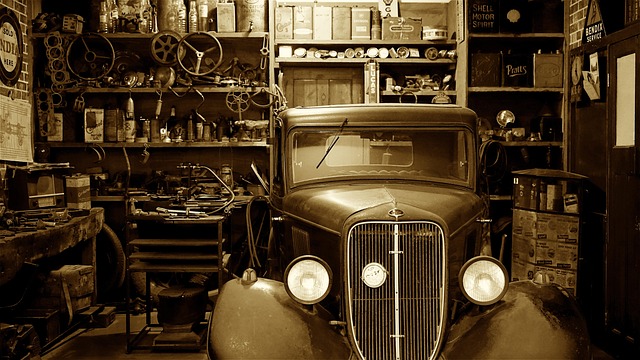
Panel alignment procedures are crucial steps in ensuring efficient post-repair follow-up for any collision center or car repair service. These processes involve meticulously realigning and restoring damaged vehicle panels to their original specifications, which is vital for achieving a seamless finish and maintaining structural integrity. By understanding the intricacies of panel alignment, technicians can deliver high-quality repairs that meet industry standards.
This involves several steps, from assessing the damage and choosing the appropriate replacement parts to employing advanced tools and techniques for precise adjustments. Proper panel alignment guarantees not only cosmetic perfection but also long-term durability, ensuring vehicles return to their pre-accident condition. It’s a key component of comprehensive fender repair services, enhancing customer satisfaction and safety on the road.
Key Steps in Implementing Efficient Post-Repair Follow-Up
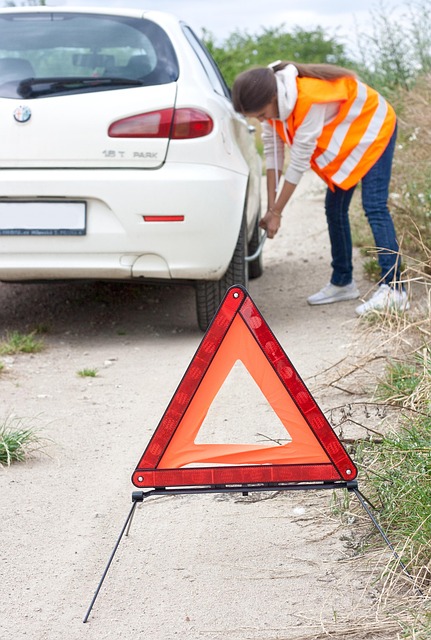
Implementing efficient post-repair follow-up is a multi-step process that leverages panel alignment procedures to ensure optimal vehicle performance and customer satisfaction. Initially, thorough inspection becomes the cornerstone of this approach. Mechanics should meticulously assess the repair site, verifying the structural integrity of the panel alignments. This involves using advanced tools for measurement, ensuring precise adjustments in panel gaps and angles.
Once inspection is complete, targeted auto maintenance comes into play. Depending on the repair scope, scheduling regular services like tire rotation, oil changes, and battery checks can significantly contribute to the longevity of the vehicle. Moreover, addressing any emerging issues promptly through proactive auto painting or minor repairs prevents further damage, ensuring a seamless driving experience for the owner.
Best Practices for Optimal Results and Continuous Improvement
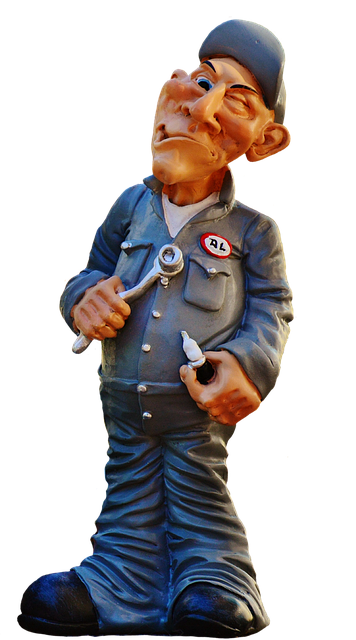
Adhering to best practices is paramount for achieving optimal results during panel alignment procedures, ensuring that every step in the post-repair process is executed with precision and care. This involves rigorous training for technicians to stay updated with the latest industry standards and technologies in auto body services and repair, such as those used in Mercedes-Benz repairs. Regular practice and adherence to set protocols ensure consistency in quality across all repairs, from minor dents to complex auto body restoration projects.
Continuous improvement is an integral part of maintaining high standards. Regular reviews of panel alignment procedures can help identify areas for enhancement, ensuring that the team is leveraging the most efficient techniques and tools available in the market. This proactive approach fosters a culture of excellence within the workshop, delivering top-tier results to clients, whether it’s for a simple fix or a comprehensive auto body restoration.
Efficient post-repair follow-up is crucial for ensuring optimal panel performance and maintaining high standards in any repair process. By understanding and implementing structured panel alignment procedures, as discussed in this article, teams can significantly enhance their productivity and quality control. Adhering to best practices and continuously refining techniques will enable organizations to achieve outstanding results, ensuring customer satisfaction and the longevity of panel structures.

